
Starting June 1st, 2023 Our warehouse fee will be $0.65/cubic foot per month
In effort to lower the warehouse storage fee during inflation, we have went narrow aisle racking.This construction took us four months but the project is finally completed. With narrow aisle racking, we are able to drop storage by 24%.We as partners will go through this inflation together.
08/20/2025
An Omnichannel Supply Chain is the secret weapon behind today’s most successful retailers and e-commerce brands. By connecting online stores, physical shops, and mobile platforms into one seamless system, it ensures faster delivery, smarter inventory management, and a better customer experience. In this guide, Worldcraft Logistics will break down how omnichannel supply chains work, why they matter, and how your business can use them to stay ahead of the competition.
An Omnichannel Supply Chain is a logistics and fulfillment system that unifies all sales channels such as e-commerce stores, physical retail, mobile apps, and marketplaces into one integrated network. Instead of operating separately, every channel shares real-time inventory, order data, and delivery resources to create a seamless shopping experience for customers.
This means a shopper can order online, pick up in-store, return through another channel, or get fast last-mile delivery and the system still operates smoothly. Unlike traditional or multichannel models, an Omnichannel Supply Chain focuses on customer experience, inventory visibility, and cross-channel efficiency rather than treating each channel as independent.
In today’s retail and e-commerce landscape, businesses that implement an Omnichannel Supply Chain strategy gain advantages in fulfillment speed, cost control, and customer loyalty, making it a key driver of growth.
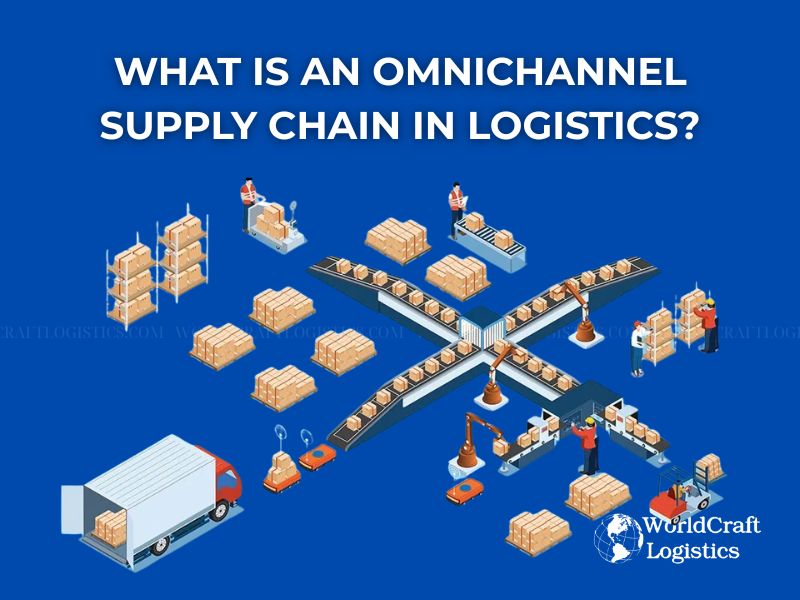
An omnichannel supply chain strategy is the roadmap businesses follow to unify all sales channels and logistics operations. It ensures that customers can browse, purchase, and receive products across multiple touchpoints while the backend logistics stay synchronized and efficient.
A strong strategy includes:
Real-time inventory visibility across warehouses, stores, and online platforms.
Flexible fulfillment methods such as ship-from-store, dropshipping, or curbside pickup.
Technology integration through ERP, WMS, OMS, and transportation management systems.
A customer-first approach, making sure the supply chain delivers speed, accuracy, and convenience.
For companies in logistics and retail, having a clear omnichannel strategy isn’t optionalit’s the key to staying competitive.
Other Worldcraft LLC articles you may be interested in:
👉 Supply Chain Vulnerabilities: Top Risks & Solutions
👉 Supply Chain Forecasting: Methods, Challenges & Best AI Practices
Implementing an Omnichannel Supply Chain gives businesses a significant competitive edge. Instead of managing each channel separately, companies gain a unified, flexible, and customer-focused logistics system. Key benefits include:
Enhanced Customer Experience
Customers can shop anytime, anywhere, and switch between channels without friction. For example, a shopper might browse online, purchase via mobile, and pick up in-store all within the same connected system. This level of convenience builds trust and loyalty.
Real-Time Inventory Visibility
With centralized systems, businesses can see stock levels across warehouses, stores, and online platforms in real time. This reduces stockouts, prevents overselling, and ensures efficient inventory management.
Increased Sales Opportunities
More channels mean more ways to buy. Omnichannel enables options like BOPIS (buy online, pick up in-store), curbside pickup, or same-day delivery, giving businesses more opportunities to convert potential buyers.
Operational Efficiency
A connected supply chain allows for smarter use of resources. Orders can be routed from the closest warehouse or store, which lowers shipping costs and shortens delivery timescrucial for last-mile delivery optimization.
Data-Driven Insights
An omnichannel approach generates valuable customer and logistics data. Companies can analyze purchasing behavior, demand patterns, and return trends to optimize supply chain planning and improve forecasting accuracy.
Competitive Advantage
Brands that offer seamless experiences and flexible delivery stand out. In industries where speed and personalization are key, an Omnichannel Supply Chain can make the difference between winning or losing a customer.
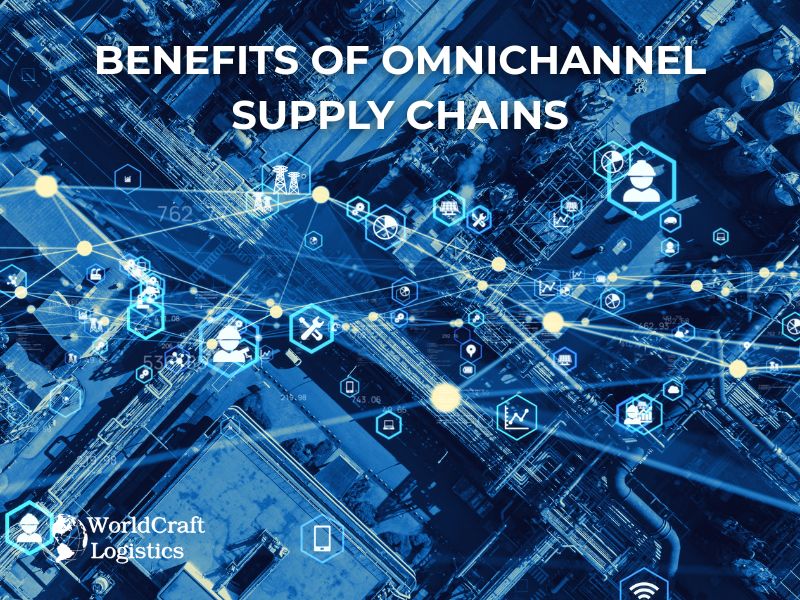
While the benefits are powerful, building an Omnichannel Supply Chain is not without obstacles. Businesses often face complex logistics and technology requirements that must be carefully managed. Common challenges include:
Technology Integration
Unifying ERP, WMS, OMS, and POS systems requires significant investment and expertise. Without proper integration, businesses face data silos, delays, and inaccurate reporting.
Inventory Synchronization
Maintaining accurate inventory across multiple channels is difficult. If one system isn’t updated, customers may purchase items that aren’t available, leading to poor customer experience and lost sales.
Last-Mile Delivery Pressures
Consumers expect fast and low-cost delivery, but achieving this across multiple regions and channels can be costly. Coordinating couriers, warehouses, and store fulfillment creates logistics complexity.
Rising Operational Costs
Free shipping, multiple fulfillment options, and flexible return policies all add expenses. Balancing profitability while offering competitive services is one of the toughest challenges in omnichannel logistics.
Reverse Logistics & Returns Management
Returns are a growing issue in e-commerce. Omnichannel requires a flexible returns process (e.g., online purchase returned in-store), which complicates tracking, restocking, and cost recovery.
Employee Training and Adaptation
Staff need to be trained on omnichannel fulfillment processes, technology systems, and customer service expectations. Without proper training, operations may slow down or become error-prone.
Scalability and Globalization
Expanding into new markets or handling seasonal spikes demands scalable systems and strong third-party logistics (3PL) partnerships. Businesses that don’t plan for growth risk bottlenecks and delays.
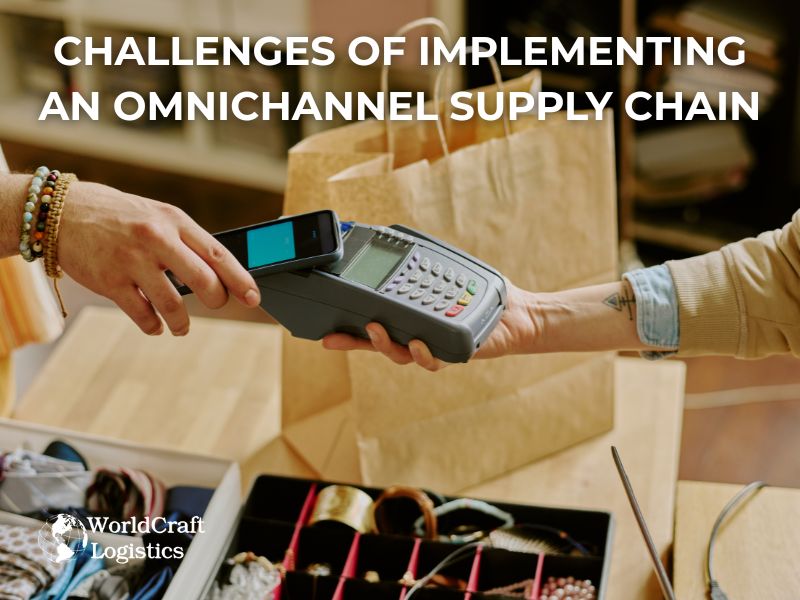
A truly effective Omnichannel Supply Chain isn’t just about selling on multiple platforms, it's about creating a seamless, unified logistics ecosystem. To achieve this, businesses must build on several essential components:
Centralized inventory visibility is the backbone of omnichannel logistics. By connecting warehouses, retail stores, and online platforms into a single system, businesses can:
Track stock in real time
Prevent overselling or stockouts
Allocate products more efficiently across channels
This allows customers to see accurate stock levels, no matter where they shop.
Automation tools such as Order Management Systems (OMS) help streamline order intake, processing, and fulfillment. Instead of manual tracking, automation ensures:
Faster order confirmation
Fewer human errors
Automatic routing to the nearest fulfillment center
This is essential for meeting customer expectations on same-day and next-day delivery.
Customers expect flexibility. A strong Omnichannel Supply Chain strategy must support multiple fulfillment methods, including:
BOPIS (Buy Online, Pick Up In-Store)
Ship-from-store to optimize local stock usage
Dropshipping to expand product offerings without extra storage costs
Curbside pickup and locker delivery for added convenience
Cross-channel fulfillment keeps customers engaged and reduces delivery costs.
Logistics is where omnichannel becomes most challenging. Businesses need to optimize last-mile delivery, carrier selection, and transportation routes. Partnering with a third-party logistics provider (3PL) often helps scale these operations while maintaining cost efficiency.
Modern supply chains aren’t just about moving products, they're about building relationships. Data-driven personalization can improve customer experience by:
Recommending products based on past purchases
Offering delivery options that match customer preferences
Providing proactive updates on shipping and returns
A customer-centric supply chain builds loyalty and strengthens brand trust.

Building an Omnichannel Supply Chain requires more than just technologyit’s about creating a customer-first logistics model that connects every part of the business. Below are strategies proven to strengthen operations, along with real-world examples from leading brands.
Technology is the backbone of omnichannel success. Systems like ERP (Enterprise Resource Planning), WMS (Warehouse Management System), OMS (Order Management System), and TMS (Transportation Management System) integrate all moving parts of the supply chain.
Benefits: Faster order processing, real-time visibility, automated routing.
Tools: AI-powered demand forecasting, RFID tracking, and cloud-based OMS platforms.
💡 Case Study: Zara
Fashion retailer Zara leverages RFID tags in all its stores and warehouses, allowing real-time stock tracking. This enables faster replenishment, fewer stockouts, and seamless online-to-store fulfillment.
A unified inventory system ensures every channel/storefront, app, or marketplace shows accurate stock availability. Customers can trust what they see online, which prevents cart abandonment and overselling.
Benefits: Higher customer satisfaction, fewer canceled orders.
Techniques: Cloud-based inventory sync, centralized dashboards, AI-driven inventory balancing.
💡 Case Study: Target
Target invested heavily in omnichannel inventory integration. Today, more than 95% of online orders are fulfilled by stores, thanks to real-time stock visibility and store-based fulfillment systems.
Locating inventory strategically close to demand centersreduces last-mile delivery costs and increases delivery speed.
Benefits: Shorter transit times, reduced shipping costs, higher delivery satisfaction.
Solutions: Micro-fulfillment centers, store-as-warehouse models, predictive demand analytics.
💡 Case Study: Amazon
Amazon uses a hub-and-spoke model with regional fulfillment centers. Their same-day delivery network relies on placing inventory in smaller warehouses close to urban areas, ensuring faster last-mile delivery.
Shoppers want multiple delivery options: home shipping, curbside pickup, or in-store collection. Companies must integrate multiple carriers and delivery models to balance speed, cost, and convenience.
Benefits: Stronger customer loyalty, competitive differentiation.
Examples: Carrier diversification, hybrid delivery (using local couriers), lockers.
💡 Case Study: Walmart
Walmart’s omnichannel logistics supports BOPIS (buy online, pick up in-store) and curbside pickup at scale. Their mobile app integrates real-time updates, enabling customers to switch between delivery and pickup effortlessly.
Returns are one of the most expensive parts of the Omnichannel Supply Chain. A flexible system should allow cross-channel returns (e.g., online purchase, in-store return).
Benefits: Boosts trust, encourages repeat sales.
Best practices: Automated return authorization, smart restocking, reverse logistics partnerships.
💡 Case Study: Nordstrom
Nordstrom is known for its “no-hassle returns.” Customers can return items via mail, in-store, or even through drop-off partners, creating a customer-friendly, omnichannel returns model that builds loyalty.
Technology is only as good as the people behind it. Employees must be trained to manage digital systems, cross-channel fulfillment, and customer-first service.
Benefits: Reduced errors, faster order processing, stronger brand experience.
Focus areas: Inventory handling, system integration, customer communication.
💡 Case Study: Best Buy
Best Buy trained store associates to handle online order fulfillment. This enabled them to convert stores into local fulfillment hubs, improving speed while keeping customers happy with flexible pickup options.
Scaling omnichannel operations often requires external support. A 3PL logistics provider offers access to global networks, advanced technology, and expertise in last-mile delivery.
Benefits: Faster scaling, reduced infrastructure costs, international expansion.
Services: Warehousing, order fulfillment, customs clearance, reverse logistics.
💡 Case Study: Shopify + 3PL Networks
Through its Shopify Fulfillment Network, Shopify connects merchants with 3PL partners to handle inventory storage, multi-channel order fulfillment, and fast delivery, helping small businesses compete with retail giants.

Many businesses confuse multichannel and omnichannel supply chains, but the two models are very different in how they manage operations and customer experience.
In a multichannel supply chain, companies sell products through different channels such as a website, mobile app, and physical store but each operates independently. For example, online inventory may not reflect what’s available in-store, and returns are often restricted to the channel of purchase. While this approach expands reach, it often creates silos that frustrate customers.
An Omnichannel Supply Chain, on the other hand, integrates every channel into a unified system. Customers can browse online, buy in-store, return through another channel, and still enjoy a seamless, consistent experience. Inventory, order processing, and fulfillment are shared across channels, providing businesses with real-time visibility and flexibility.
Integration vs. Independence: Omnichannel is fully connected; multichannel operates in silos.
Customer Experience: Omnichannel delivers a consistent, personalized journey; multichannel often causes gaps or delays.
Inventory Management: Omnichannel offers real-time visibility across channels; multichannel keeps separate stock systems.
Fulfillment Options: Omnichannel supports flexible models like BOPIS, curbside pickup, and ship-from-store; multichannel usually limits fulfillment to the purchase channel.
In short: A multichannel supply chain gives customers options, while an omnichannel supply chain gives them a connected experience and in today’s e-commerce-driven market, integration is what sets leading brands apart.
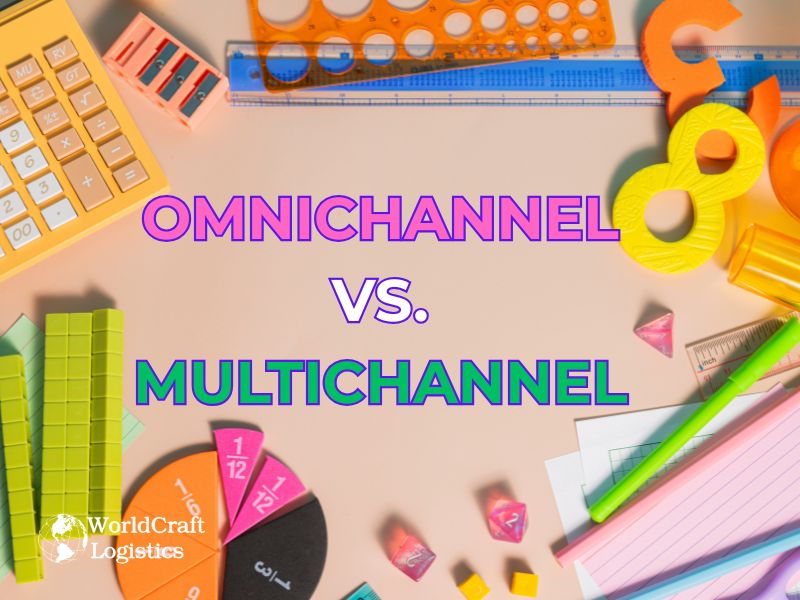
The most successful retailers and e-commerce brands today rely on a well-structured Omnichannel Supply Chain. These examples show how leading companies integrate technology, inventory, and logistics to provide a seamless customer experience.
Amazon is often the benchmark for omnichannel fulfillment. Through its massive warehouse network and last-mile delivery systems, Amazon ensures same-day or next-day shipping in most markets. Key practices include:
Real-time inventory visibility across fulfillment centers.
Strategic use of micro-fulfillment hubs to reduce delivery times.
Seamless returns management, allowing drop-offs at lockers, Whole Foods, or UPS stores.
Walmart has transformed its logistics into a true omnichannel supply chain strategy, leveraging its thousands of physical stores as local fulfillment centers. Customers benefit from:
BOPIS (Buy Online, Pick Up In-Store) options.
Curbside pickup for convenience.
Integration of mobile apps, online orders, and in-store shopping into one unified system.
Target’s success lies in using stores as fulfillment hubs. Nearly 95% of online orders are fulfilled from local stores, which improves efficiency and lowers costs. Target’s omnichannel strategy focuses on:
Speed (same-day delivery via Shipt).
Flexibility (multiple return options).
Personalization (recommendations and targeted promotions).
It’s not just giants that benefit from omnichannel. Many small and mid-sized e-commerce businesses now rely on third-party logistics providers (3PLs) to deliver omnichannel capabilities:
PetLab uses 3PL partners to manage global fulfillment and subscription-based orders.
Our Place integrates online and retail pop-ups, using technology to keep inventory synchronized.
Taste Salud ensures smooth cross-channel logistics by outsourcing warehousing and shipping to specialized partners.
Implementing an Omnichannel Supply Chain can be complex, but the right logistics partner makes the process faster, more efficient, and more cost-effective. At Worldcraft Logistics, we specialize in helping businesses transition from traditional or multichannel models into fully integrated omnichannel operations.
We provide advanced systems that connect your warehouses, retail stores, and e-commerce platforms into one unified dashboard. With real-time visibility, you can track stock levels, avoid stockouts, and manage cross-channel fulfillment with confidence.
Our logistics network is designed to support last-mile delivery, same-day shipping, and international expansion. By optimizing routes and carrier selection, we help reduce shipping costs while maintaining fast delivery speeds.
Handling returns is one of the biggest challenges in omnichannel logistics. Worldcraft Logistics offers streamlined returns solutions that allow customers to return products through any channel, while ensuring businesses recover value quickly through efficient restocking and redistribution.
Whether you’re a growing e-commerce brand or a global retailer, our third-party logistics (3PL) services scale with your needs. From seasonal demand spikes to international expansion, we help businesses stay flexible and competitive.
At the heart of our solutions is a focus on customer experience. By aligning your logistics with omnichannel best practices, we ensure your customers enjoy seamless shopping journeys leading to stronger loyalty and repeat sales.
Partnering with Worldcraft Logistics means you don’t just adopt an Omnichannel Supply Chain you master it. CONTACT US 📲

The first step is assessing your current logistics capabilities and investing in systems that provide real-time inventory visibility across all channels. Without accurate data, it’s impossible to build a seamless Omnichannel Supply Chain.
Small businesses can start by using a 3PL provider or cloud-based order management system instead of building infrastructure in-house. This keeps costs low while still offering customers flexible fulfillment options.
A multichannel supply chain sells through multiple platforms but operates them separately. An Omnichannel Supply Chain integrates all channels into one system, offering customers a consistent and connected shopping experience.
It improves satisfaction by giving shoppers more choice and convenience whether through BOPIS, same-day delivery, or easy returns all backed by synchronized inventory and logistics.
Core technologies include ERP, WMS, OMS, and TMS, which connect inventory, orders, and transportation. Automation and AI-driven analytics are also vital for demand forecasting and supply chain optimization.
Without real-time inventory visibility, businesses risk overselling, delays, and poor customer experiences. A connected system ensures stock is updated across stores, warehouses, and online channels instantly.
Last-mile delivery is crucial for meeting customer expectations on speed and convenience. Optimizing routes, using local fulfillment hubs, and working with multiple carriers all help lower costs and improve delivery times.
Cost savings come from optimized inventory placement, using data-driven demand forecasting, and leveraging 3PL providers for scalable fulfillment instead of investing heavily in new infrastructure.
The biggest mistakes include failing to integrate systems properly, ignoring reverse logistics, and not training employees on new fulfillment processes leading to inefficiencies and poor customer experiences.
An Omnichannel Supply Chain allows returns through any channel. For example, an online purchase can be returned in-store. Businesses need systems to track, restock, or recycle items efficiently to control costs.
While most common in retail and e-commerce, B2B companies also benefit from omnichannel strategies by offering flexible ordering, bulk shipment tracking, and faster fulfillment across digital and offline channels.
3PLs provide access to global warehousing, carrier networks, and technology platforms, helping businesses scale without investing in large infrastructure. They also support last-mile delivery and returns management.
Yes. By optimizing routes, using local fulfillment hubs, and reducing duplicate shipments, an Omnichannel Supply Chain can lower carbon emissions while improving efficiency.
Important KPIs include order accuracy rate, on-time delivery, inventory turnover, return rate, and customer satisfaction scores. Tracking these helps measure efficiency and customer experience.
Global companies often rely on regional warehouses, localized fulfillment partners, and advanced data systems to coordinate operations. A strong 3PL partnership is key to managing complexity across borders.
SEO
Digital Marketing/SEO Specialist
Simon Mang is an SEO and Digital Marketing expert at Wordcraft Logistics. With many years of experience in the field of digital marketing, he has shaped and built strategies to effectively promote Wordcraft Logistics' online presence. With a deep understanding of the logistics industry, I have shared more than 500 specialized articles on many different topics.
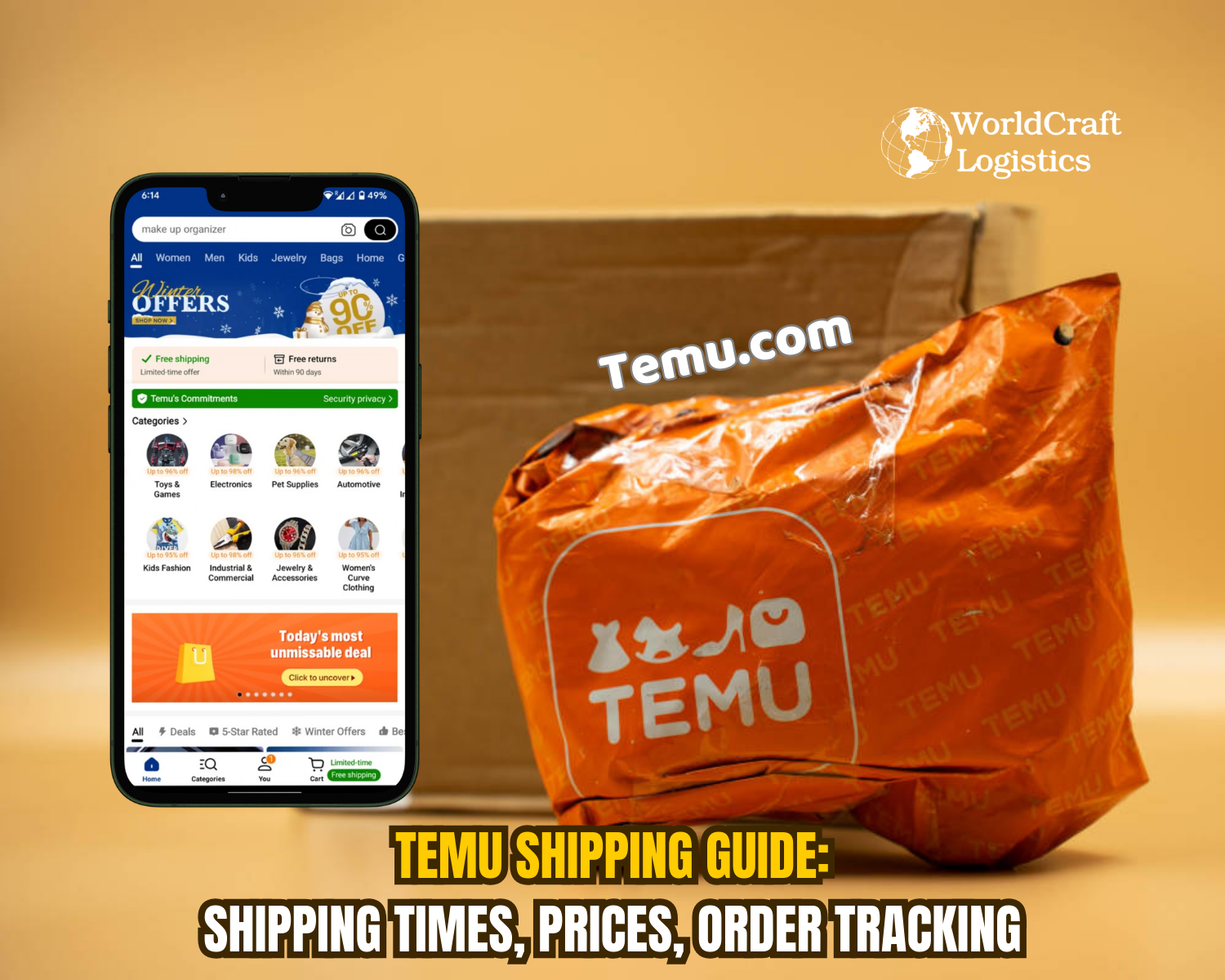
Education
01/05/2025
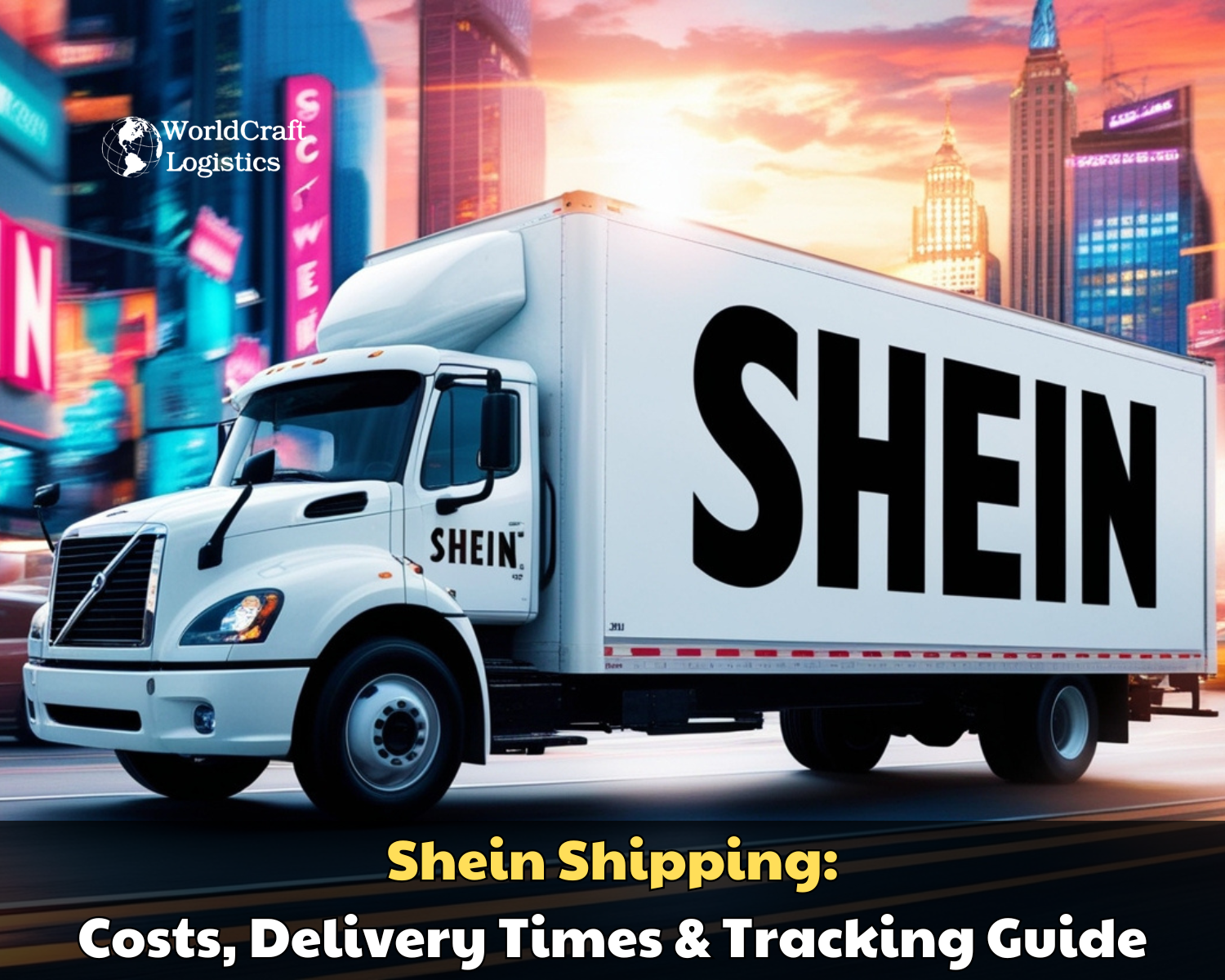
Education
02/18/2025
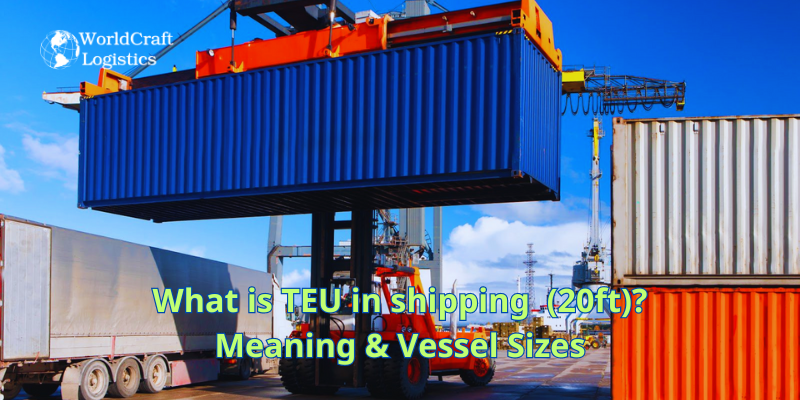
Education
01/01/2024
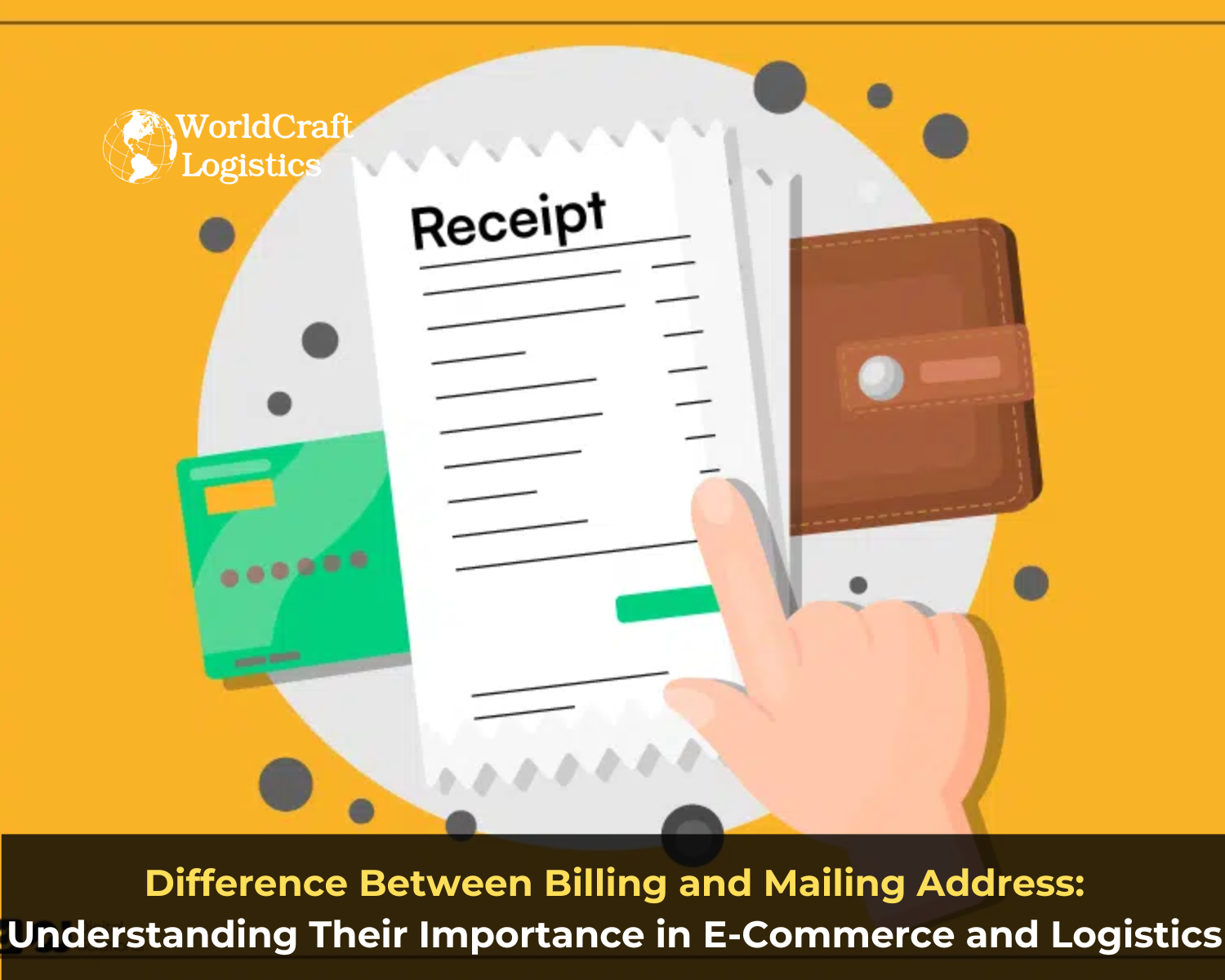
Education
08/28/2024

Education
11/13/2023